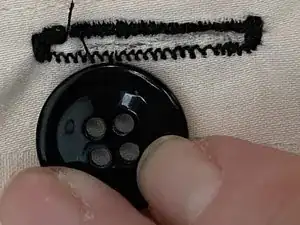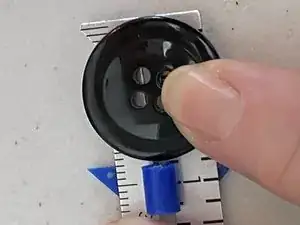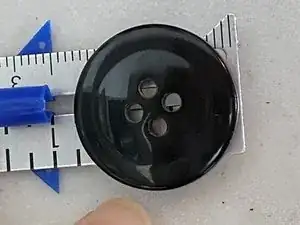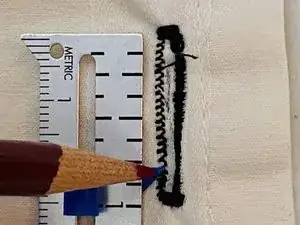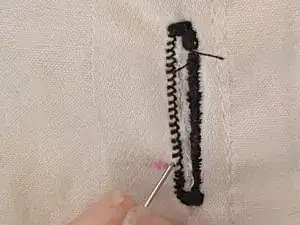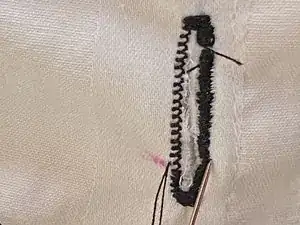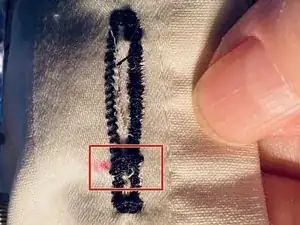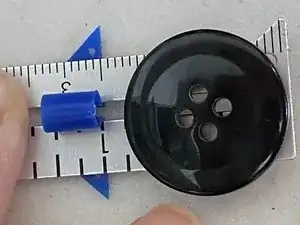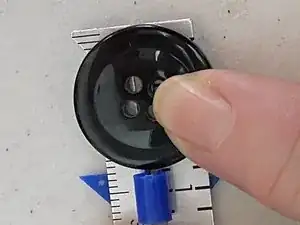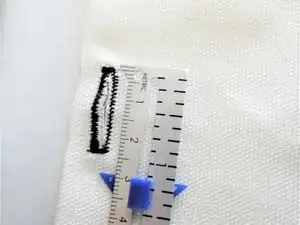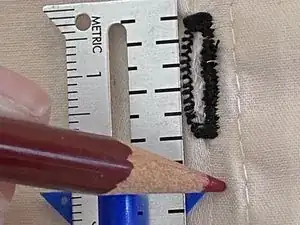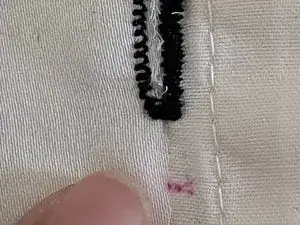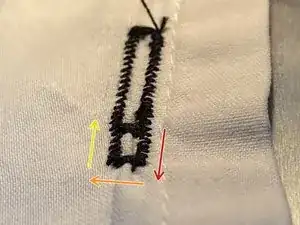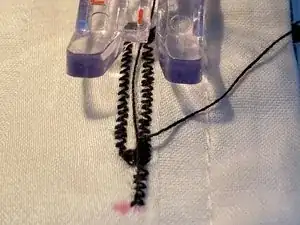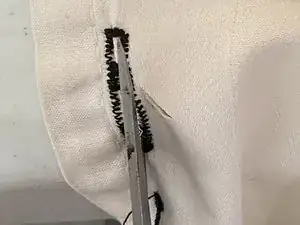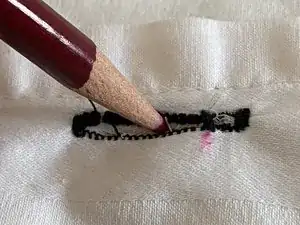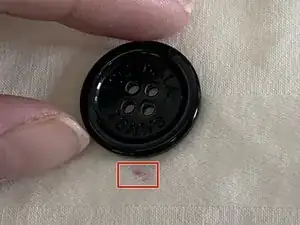Introduction
Do you have a shirt with one button that always comes unbuttoned? If so, you need to shorten that buttonhole.
Would you like to change the look of a garment by changing all the buttons to new ones? To do this, you may need to shorten or lengthen the buttonholes.
Adjusting buttonholes is not difficult. This guide will show you the steps to this useful skill.
Tools
Parts
-
-
Using the ruler, measure the button you intend to use. Add 1/8” to this measurement for ease of buttoning.
-
-
-
Measure down from the top of the existing buttonhole to the length of your Step 1 measurement.
-
Make a small sewing chalk mark or insert a straight pin to mark how long your adjusted buttonhole should be.
-
-
-
Match the stitch width of the existing bar tack, and sew a new bar tack at the location of your chalk mark.
-
Check to make sure your button fits your adjusted buttonhole well.
-
-
-
Using the ruler, measure the button you intend to use. Add 1/8” to this measurement for ease of buttoning.
-
-
-
With the ruler, measure down from the top of the existing buttonhole to the length of your Step 4 measurement.
-
Make a small sewing chalk mark or insert a straight pin on the fabric at this place.
-
-
-
Starting on the right of the existing buttonhole, stitch to your chalk mark or pin, matching the width of the original stitching.
-
Stitch a new bar tack.
-
Stitch back on your left to just past the original bar tack.
-
Tie off or backstitch your thread.
-
-
-
Using the point of your scissors, cut through the original bar tack and between your new side stitching until you have reached the new bar tack.
-
-
-
Very near the place where your button was originally sewn on, center your button in your adjusted buttonhole. Using chalk or a pin, mark this location.
-
Sew your button on.
-
Check to make sure it fits through your adjusted buttonhole well.
-
A sewing machine with a buttonhole presser foot is ideal, but this project can be completed with needle and thread.
